Review
From the reviews:
“The book … serves not only as an informative guide but also as a source of ideas and inspiration. … is a solid guide to high-tech amateur astronomy by an author who is better at explaining his subject matter than most people. The book is ideal for anyone who is attracted to the technical side … . It will also prove useful to those with some experience … . it offers a great snapshot depicting part of amateur astronomy’s culture today. It’s a refreshing and welcome addition to my bookshelf.” (Jeff Medkeff, Sky & Telescope, July, 2005)
“The New Amateur Astronomer reflects the change in technology that has taken place in the last ten years. Astronomers can now observe the skies on a PC monitor … . shows the possibilities that are open to amateurs and introduces some of them, their equipment, and their results.” (Book News on the Internet, January 27, 2005)
“This is a remarkable book. … The author is very well known to the amateur fraternity and has a wealth of experience of using the equipment he describes, and so is highly qualified to write this book, which is well illustrated … . there is more than enough here to guide you through making the correct choice, not just now, but for a few years into the future. Highly recommended.” (Roger Pickard, The Observatory, Vol. 125 (1187), 2005)
“This book is designed to help the amateur astronomer to choose his or her telescope, to get the best use out of this telescope, and to better define his or her field of astronomical observation. … reading this book was a pleasant experience because of the light writing style adopted by the author. I gladly recommend the book not only to amateur astronomers and their associates but also to physics teachers and to any man or woman who enjoys the beauty of the night sky.” (Fernande Grandjean, Physicalia Magazine, Vol. 28 (1), 2006)
Synopsis
Amateur astronomy has changed beyond recognition in less than two decades. The reason is, of course, technology. Affordable high-quality telescopes, computer-controlled ‘go to’ mountings, autoguiders, CCD cameras, video, and (as always) computers and the Internet, are just a few of the advances that have revolutionised astronomy for the twenty-first century. Martin Mobberley first looks at the basics before going into an in-depth study of what’s available commercially. He then moves on to the revolutionary possibilities that are open to amateurs, from imaging, through spectroscopy and photometry, to patrolling for near-earth objects – the search for comets and asteroids that may come close to, or even hit, the earth. “The New Amateur Astronomer” is a road map of the new astronomy, equally suitable for newcomers who want an introduction, or old hands who need to keep abreast of innovations. From the reviews: ‘This is one of several dozen books in Patrick Moore’s “Practical Astronomy” series. Amid this large family, Mobberley finds his niche: the beginning high-tech amateur.The book’s first half discusses equipment: computer-driven telescopes, CCD cameras, imaging processing software, etc. This market is changing every bit as rapidly as the computer world, so these details will be current for only a year or two. The rest of the book offers an overview of scientific projects that serious amateurs are carrying out these days. Throughout, basic formulas and technical terms are provided as needed, without formal derivations’. ‘An appendix with useful references and Web sites is also included. Readers will need more than this book if they are considering a plunge into high-tech amateur astronomy, but it certainly will whet their appetites. Mobberley’s most valuable advice will save the book’s owner many times its cover price: buy a quality telescope from a reputable dealer and install it in a simple shelter so it can be used with as little set-up time as possible. A poor purchase choice and the hassle of setting up are why most fancy telescopes gather dust in their owners’ dens. Summing Up: Highly recommended. General readers; lower- and upper-division undergraduates’ – T. D. Oswalt, “Choice”, March 2005.
About
Martin Mobberley Author
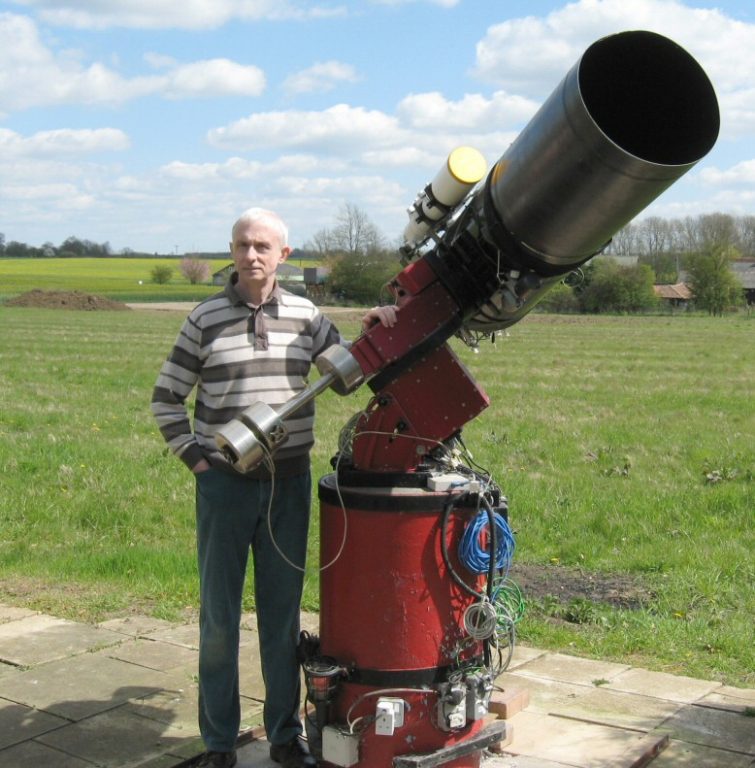
Martin P. Mobberley (born 1958) is a British amateur astronomer, author, and former electronics engineer. He takes images of many cosmological objects, including comets, planets, novae, supernovae and asteroids from his observatory in Suffolk, England.



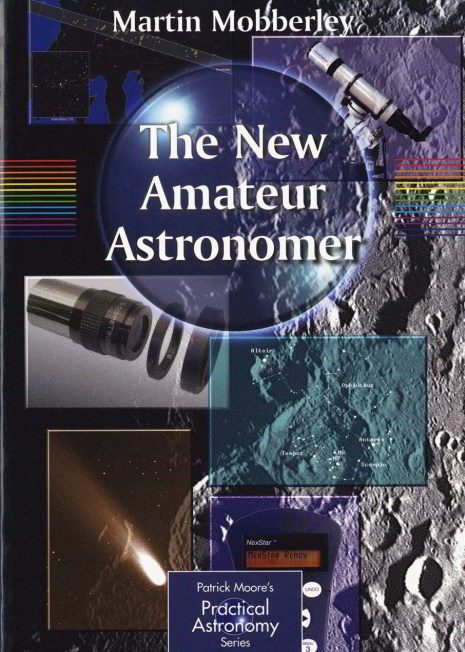



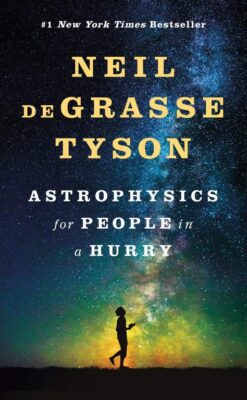
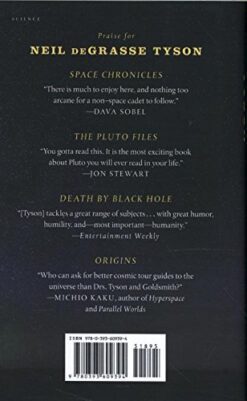
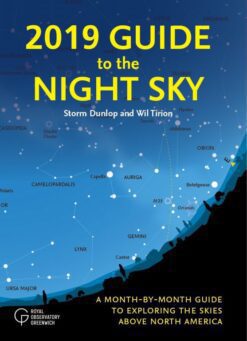
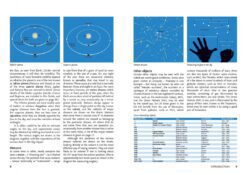


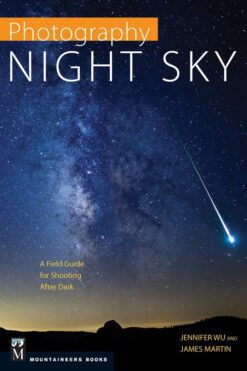
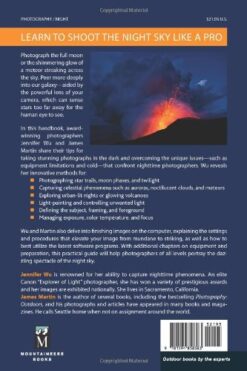


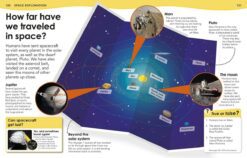
Reviews
There are no reviews yet.